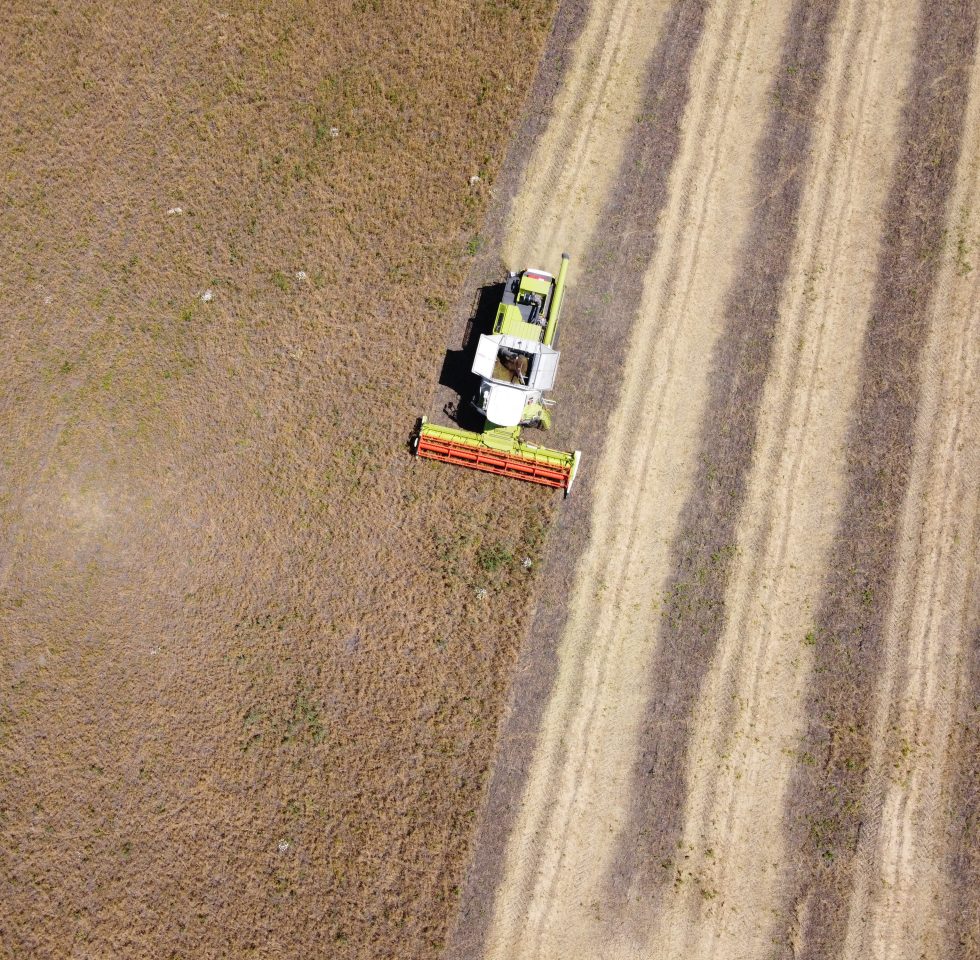Harvest Efficiency Redefined with LoginEKO Farming Software
July 24, 2024LoginEKO Farming Software redefines harvest efficiency, optimizing operations from planning to storage. Soon to be shared globally.
Read articleWould you associate drones with farming? Probably not right away. But they’ve become indispensable especially in ‘precision agriculture.’ If you can’t imagine how, read on.

Drones, or unmanned aerial vehicles (UAVs), are not just for use in military applications, they are also making inroads in many businesses. This is especially so in ‘precision agriculture’ (PA), or the science of improving efficiency, productivity, crop yield, and profitability of farms. Farmers are using drones to check the overall status of their plots in real time, including: checking plant status, which fields need or have too much water, pest activity, weed growth, etc. The information can be turned into data and analyzed much faster than before. The data is received through the use of different sensors that give multiple benefits that aid farmers.
Slobodan Jocić, our data acquisition (DA) Team Lead, says that “drones have been used since the beginning of our project at our farm in Serbia.” He goes on to say that data is gathered by using drones to “record plant status every two weeks, and on our test plots, actually every week.” This way, the team is able to keep much closer track of how our crops are growing, and that they can analyze the data within two days of recording. Drones help our team keep a close eye on our growing project!
If you don’t include using drones to spray pesticides on crops, which we don’t and won’t on our organic plots, there are many possible benefits to their use:
1. More efficient. Fast information gathering to discover plant and soil status using different camera types. This allows farmers to monitor plant health to mitigate problems that may arise much faster than before.
2. Save both time and money. Since they don’t require pilots, organized airports, or the usual fuel, they are much cheaper and can be used for mapping, watering crops, spraying crops with green fertilizers, and even planting seeds. A drone can land on an adjacent piece of land, and be stored on the property. Much cheaper.
3. Improve crop yield. Since farmers receive information faster, they can more closely manage soil conditions, irrigation problems, and plant disease. This improved management helps our farmers keep conditions as optimal as possible and helps them meet harvest projections. Drones also identify just the areas that are struggling, so farmers can more accurately determine what’s needed and how much is needed to help that particular bit of land. If time is money, this saves man-hours for the team!
4. Better way to spray crops. Dealing with pests and plant disease will always be a significant factor in crop yields. Regular farms use drones, and they allow farmers to spray only those areas that are in jeopardy, they don’t have to physically do the spraying themselves – so less contact, and they use less of the spray.
5. Better for the climate. By reducing the use of chemicals and fossil fuels to fly drones, pollution and the environmental impact is reduced.
There are different types of drones for different purposes. Smaller drones give better image resolutions (RGB and multispectral at the same time) because they can fly lower and at lower speeds. They are used for smaller test fields.
General scouting drones are used by agronomists to look for weeds, covered land with plants, etc.
The real question really becomes what resolution is chosen. One example of one type of resolution is: we can record a total of 122 ha of land with a drone in 45 min. with ground resolution of 1.6 cm/pixels + 2 hrs. processing. In one work day, you have prep going to the field, and understanding what’s happening. For people to actually go and check fields, they would need 2–3 days to walk through the field. We only need three guys for 400 ha!
As previously mentioned, at our farm in Serbia, we use drones for monitoring, planning, and seeding purposes. In fact, three times a year we use drones for this kind of monitoring or review of seeding, winter seeding, and tillage. The following five ways help us make plans about what we will do next with our fields.
Here are five practical ways we use drones:
1. Predicting the yield;
2. Detecting diseases and weeds;
3. To follow how the crops are doing throughout the year;
4. Collaboration with our analytics team – we use an algorithm for counting row crops (corn, sunflower) and non-row crops (cereals, wheat, barley oats), which is tougher to do. That’s the future of agriculture, so we can know before we harvest how much we’ll have to organize, transport, store, etc.;
Cooperating with an outsourced company using an online platform for analyzing RGB photos (i.e., plant count, plant vigor, plant stress, and waterlogging analysis).
So it becomes easy to see that from monitoring to planning and planting, drones are here to stay!
LoginEKO Farming Software redefines harvest efficiency, optimizing operations from planning to storage. Soon to be shared globally.
Read articleWhat if we told you that sunflower seeds you buy were sprayed with 9 active ingredients in pesticides? What if we told you this wouldn't have been necessary?
Read articleLoginEKO's moves into gluten-free farming tapping into rising consumer trends for a healthier market niche.
Read article